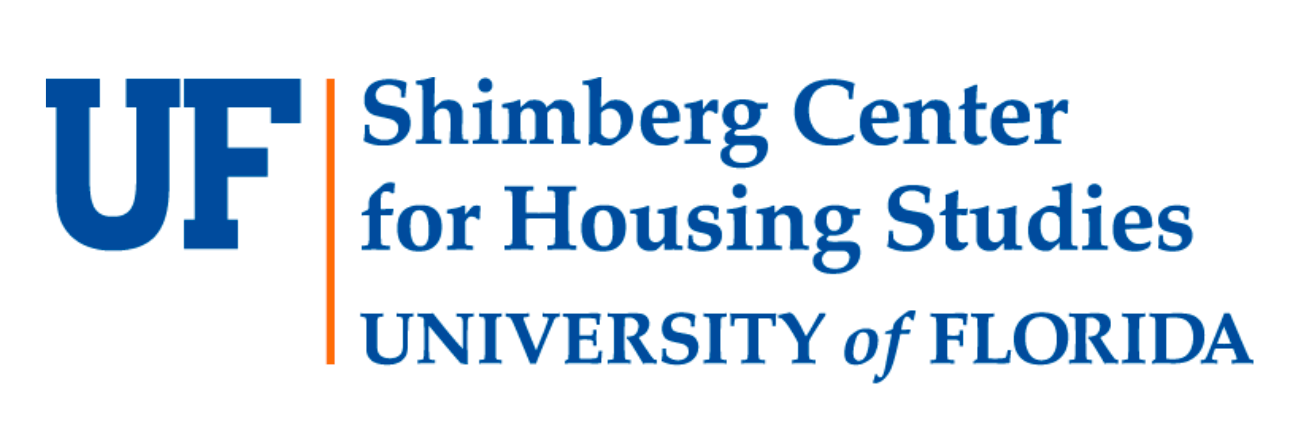Healthy Housing
The Shimberg Center studies the links between housing, health, and the built environment. Currently, the Center is working with University of Illinois to examine how states incentivize healthy design and building techniques in affordable housing developments funded by the Low-Income Housing Tax Credit program. The study is funded by the Robert Wood Johnson Foundation.
The Center is also working with an interdisciplinary team to develop design and technological innovations to improve accessibility in existing multifamily housing. The study uses virtual reality technology to allow people with disabilities to test retrofits to spaces and fixtures. The team is led by Dr. Sherry Ahrentzen of the Shimberg Center and includes faculty from the Rinker School, Architecture, Family, Youth and Community Sciences, Occupational Therapy, and Interior Design. The project is supported by a grant from the U.S. Department of Housing and Urban Development.
Recently, the Center teamed up with Program for Resource Efficient Communities to study energy efficiency and utility costs in Florida's affordable housing inventory. Researchers used household-level tenant and utility data from Gainesville, Orlando, Jacksonville and Tallahassee to assess the energy efficiency of the subsidized rental housing stock and identify property, household and subsidy characteristics associated with high energy costs. PREC researchers also evaluated energy savings from retrofits to heating and cooling systems, insulation, and appliances in Orlando apartment complexes. The resulting study found that tenants saved an average of $272 per year on electric bills after retrofits.
Energy Efficiency in Affordable Multifamily Housing
The Shimberg Center and Program for Resource Efficient Communities (PREC) are teaming up to study energy efficiency and utility costs in Florida's affordable housing inventory. The project will address these questions:
- How energy efficient is the current stock of affordable rental housing?
- How do energy bills affect tenants' financial and residential stability?
- Do current multifamily retrofit techniques deliver true and lasting energy savings?
Researchers are using household-level tenant and utility data from Gainesville, Orlando, Jacksonville and Tallahassee to assess the energy efficiency of the existing subsidized rental housing stock; identify the property, household and subsidy characteristics associated with higher and lower energy consumption and costs; study the impact of energy costs on tenants' real gross rent burdens and residential mobility; and explore geographic patterns of energy consumption to examine potential tradeoffs between energy efficiency and location efficiency. PREC researchers are also evaluating energy savings in apartment complexes that have retrofitted heating and cooling systems, insulation, and appliances.
The project is funded by the John D. and Catherine T. MacArthur Foundation's How Housing Matters initiative, which supports research to explore the ways housing affects social, health, and economic outcomes of children, families and communities.



